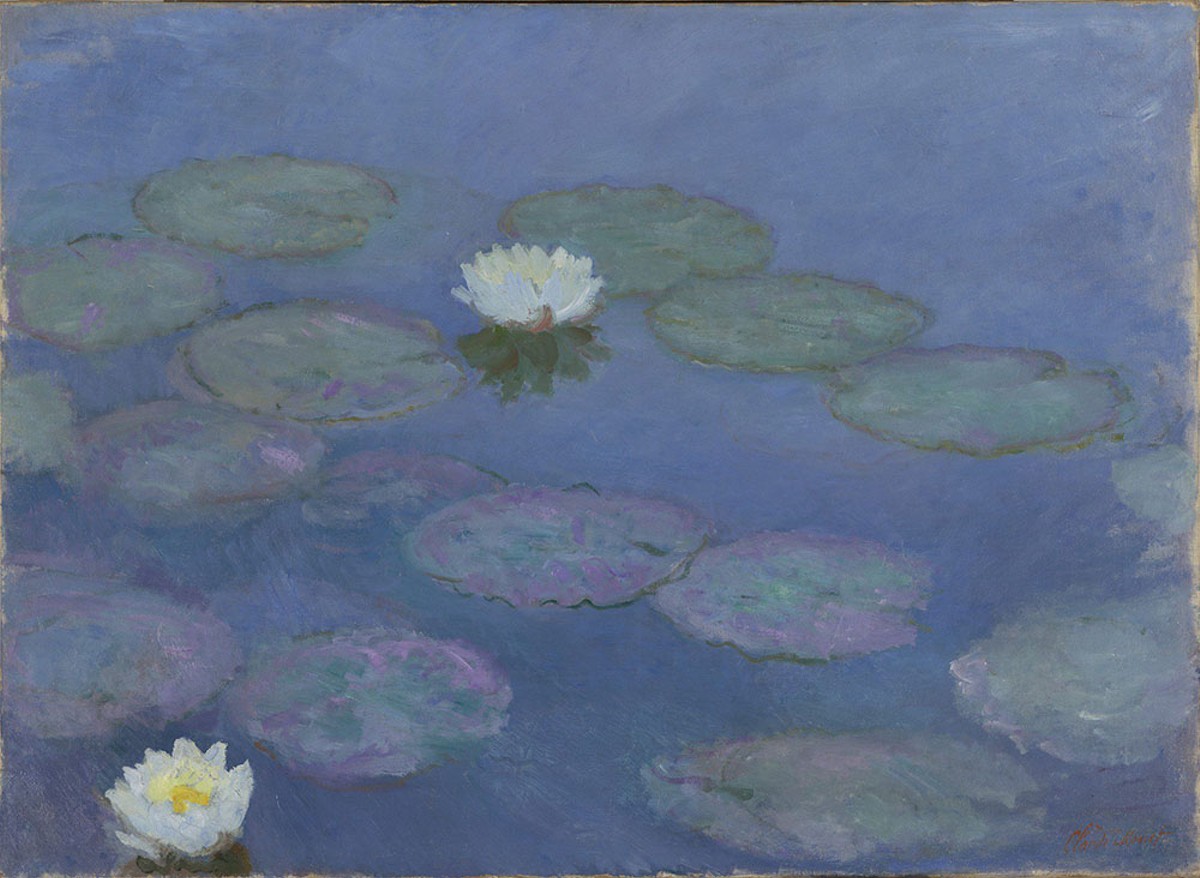"Everything is as good as dead, no train, no smoke, no boat, nothing to excite the inspiration a little." — 19th-century artist Claude Monet, in a letter to his wife.
Could air pollution have played a role in the work of 19th-century Impressionist painter Claude Monet?
CNN recently reported a story about the theory that air pollution was a massive influence in Monet’s paintings, according to climate scientists who conducted a study to explore a long-held theory regarding what was behind the “distinctive dreamy haze” in Monet’s work.
"The contours of their paintings became hazier, the palette appeared whiter, and the style changed from more figurative to more impressionistic: Those changes accord with physical expectations of how air pollution influences light,” said Anna Lea Albright, a postdoctoral researcher for Le Laboratoire de Météorologie Dynamique at the Sorbonne (who co-authored the study with Harvard Professor of Earth and Planetary Sciences Peter Huybers), in a phone interview with CNN.
LEO sought Speed Art Museum chief curator Erika Holmquist-Wall’s opinion about this theory:
“Monet was capturing the world as it appeared around him, and smoggy skies and misty mornings seized his attention, because they offered him new ways of trying to understand the effects of light on an object,” she said in an email.
However, Holmquist-Wall discounts the idea that this may have completely influenced his Impressionistic style.
“He also brought a poetic sensibility to his artwork,” she continued. “It's not simply about the science of optics for him; there are beautiful, wondrous choices in the colors he applied to his canvases, and he created visual effects of great beauty and sensitivity. It's the difference between seeing a spectacular light show, and spending time with one of his paintings, and appreciating just how marvelous nature — and the human ability to perceive it — can be. Monet was willing to seek and experience; it does him a disservice to write this all off to science and pollution.”
Art enthusiasts can visit the Speed Art Museum to view one of Monet’s famous water lily paintings, “Nymphéas,” which is currently on loan to the museum through February 2024. (Note: the Speed offers free admission to the public on Sundays).
Additionally, for those up for a road trip, here’s an opportunity to experience a multi-sensory immersive art experience, Monet & Friends Alive — the museum’s largest exhibition of his works to date — at Newfields Art Museum in Indianapolis. Here, you experience works by Monet, Pissarro, Renoir, Cézanne, and more.






